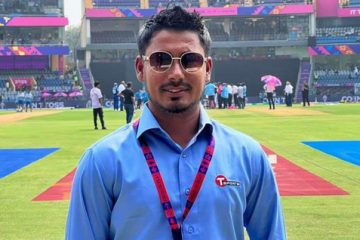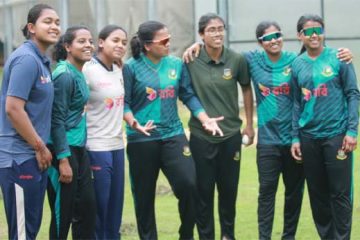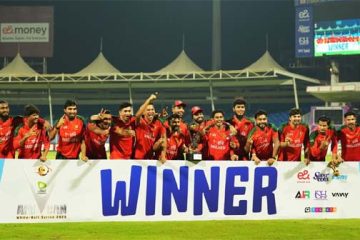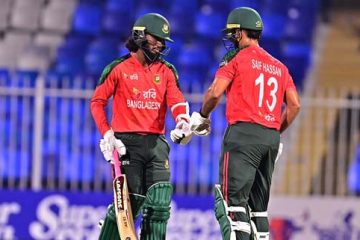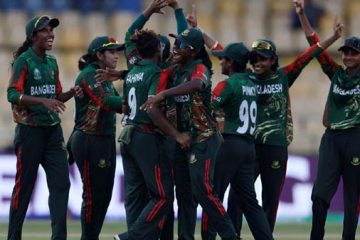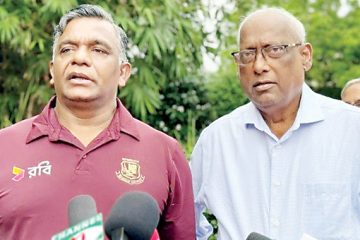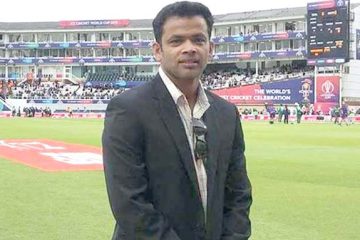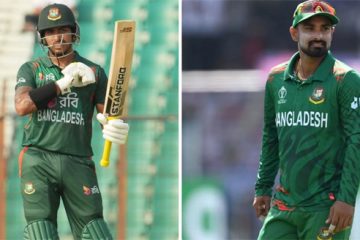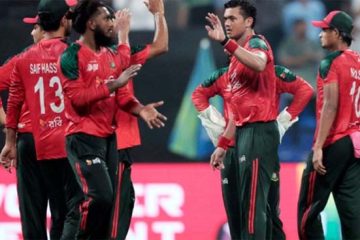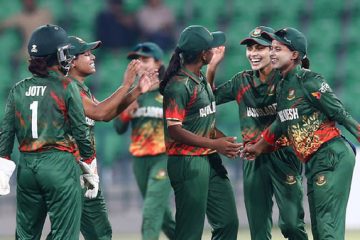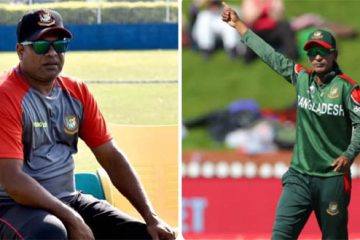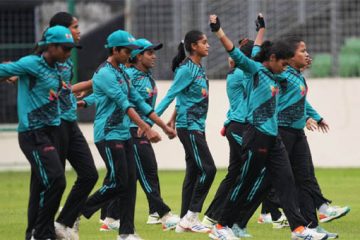Cup facts
The 1999 World Cup was the seventh World Cup and the fourth to be held in England. This time, Scotland also hosted a few matches.
There were twelve teams in the tournament. Three Associate nations were added to the nine Test playing nations, and the twelve were divided into two groups.
Group A: South Africa, India, England, Sri Lanka, Zimbabwe and Kenya.
Group B: Australia, Pakistan, New Zealand, West Indies, Bangladesh and Scotland.
The top three teams from each group would progress to the Super Six stage, the first time such a concept was introduced in a World Cup. Points won against fellow qualifiers would be carried through to the Super Six stage.
In the Super Six stage, teams would play each of the qualifiers from the other group, and the top four would contest the semifinals.
Bangladesh, playing in their first World Cup, became the only non-Test playing Cup debutant to win two matches, against Scotland and Pakistan.
India’s total of 373 against Sri Lanka in their group match at Taunton on May 26 was the highest for the 1999 World Cup.
In that match Sourav Ganguly and Rahul Dravid combined to post 318 for the second wicket, which was the highest partnership for any wicket in one-day internationals at the time, and is still a Cup record.
Ganguly scored 183 runs during that partnership, making it the highest individual score of the tournament.
Rahul Dravid scored 104 against Kenya at Bristol on May 23, and followed that with a 145 in the next match against Sri Lanka at Taunton on May 26, making him only the second batsman after Mark Waugh to score back-to-back centuries in a World Cup.
He was also the highest scorer for the Cup, piling on 461 runs (two 100s, three 50s). Steve Waugh was in second place with 398 runs (one 100, two 50s).
New Zealand’s left arm seamer Geoff Allott and Australian spin wizard Shane Warne sat atop the wickets chart with 20 wickets apiece. Having played one match fewer, Geoff Allott pipped Warne to the top spot.
The best bowling figures in a match belonged to Australian metronome Glenn McGrath who took five for 14 against West Indies at Old Trafford.
South Africa’s Lance Klusener was adjudged Man-of-the-Tournament for his all round brilliance, scoring 281 runs at a strike rate of 123 and an average of 140. He was also his country’s best bowler, taking 17 wickets from nine matches.
Shane Warne matched Mohinder Amarnath’s feat in 1983 by becoming the Man-of-the-Match in both the semifinal and final of the 1996 World Cup. The leg-spinning great took four wickets in both matches.
Australia held South Africa to a tie in the semifinal at Edgbaston on June 17, and went through to the final by virtue of their Super Six win against the same opponents. It was the first tie in World Cup history.
Australia played Pakistan in the final at Lord’s on June 20, and bowled them out for 132. They won the match with more than nineteen overs to spare, and became the second team after the West Indies to win two World Cups.

